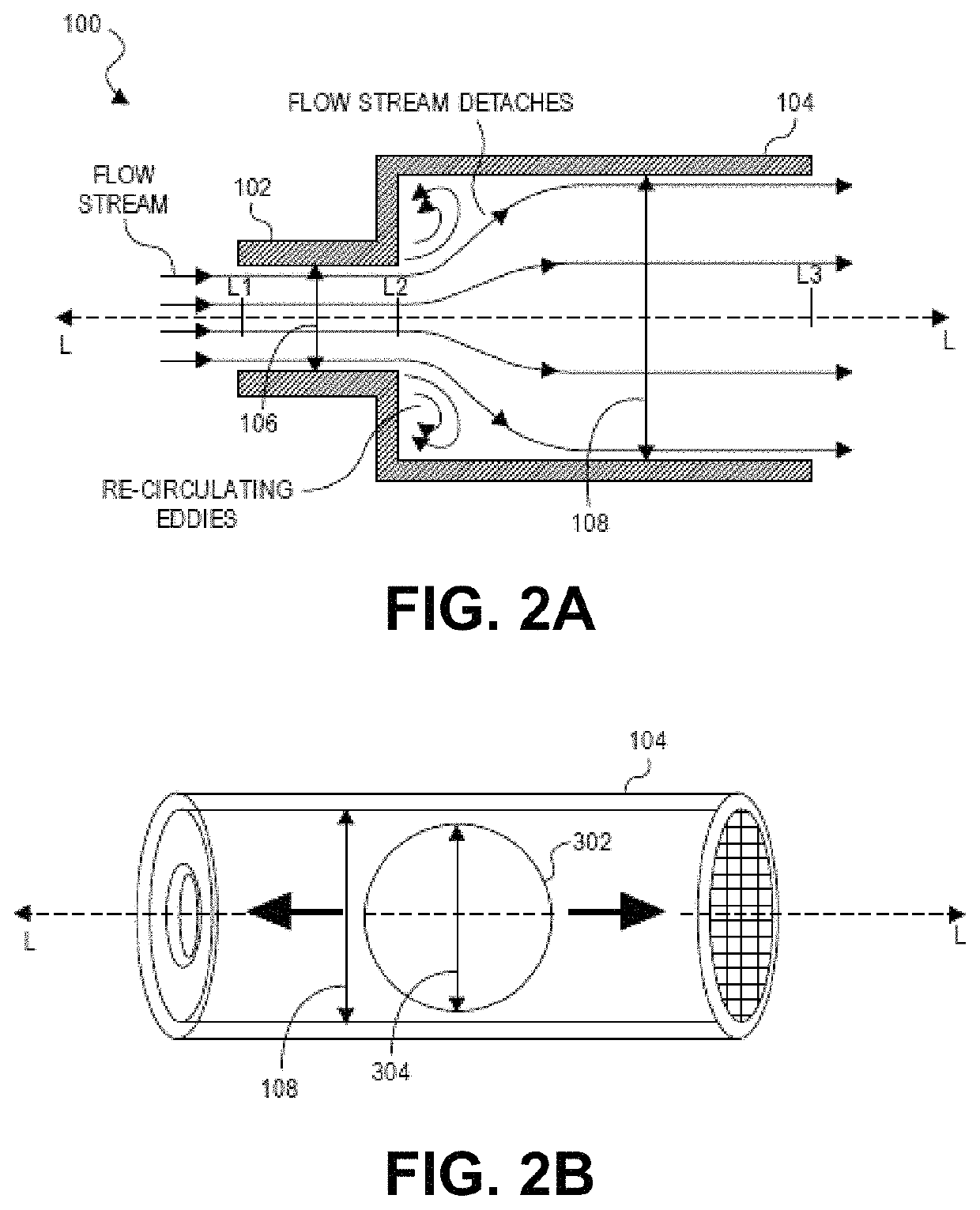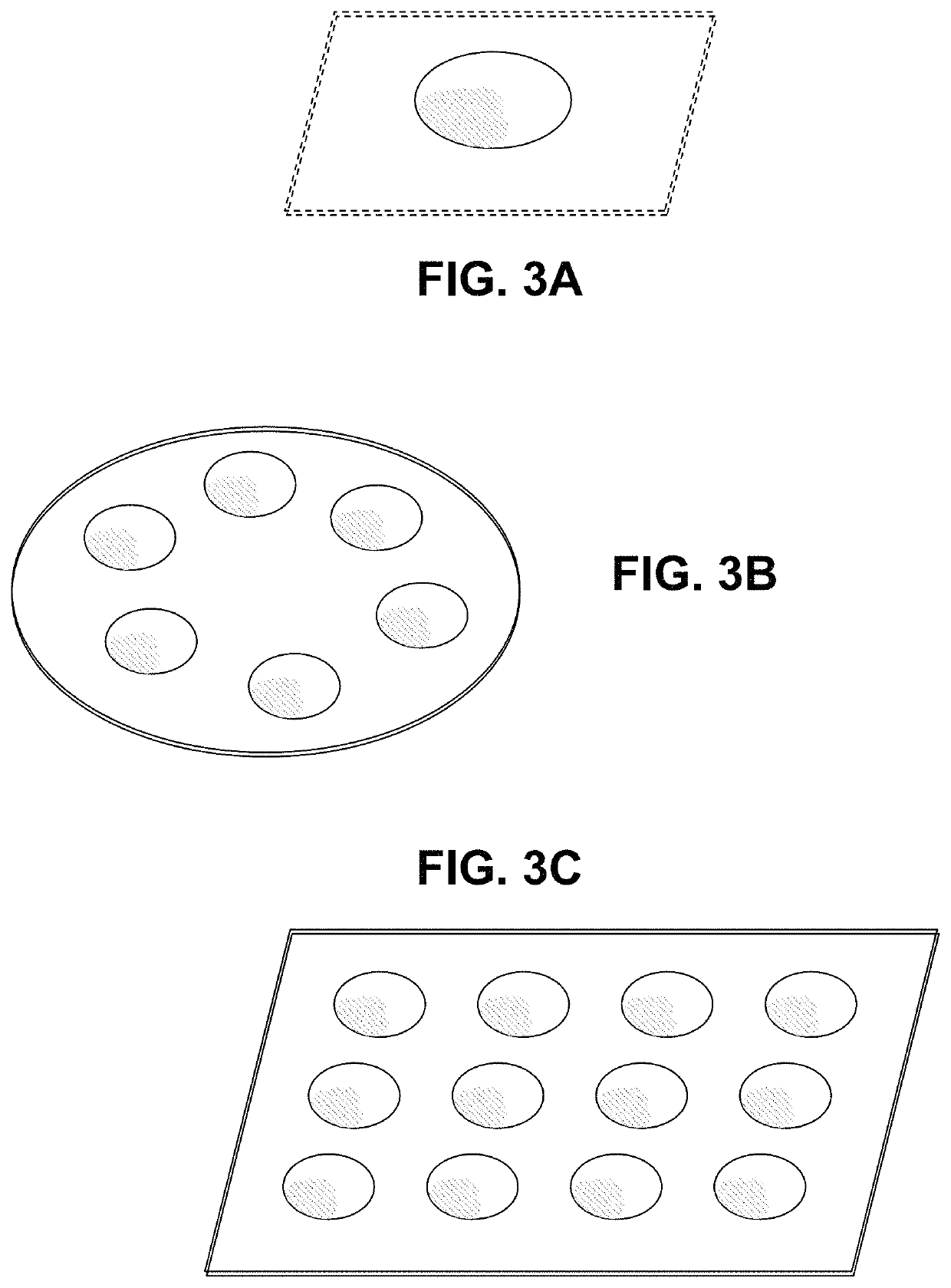Methods for treatment of pulmonary hypertension
a pulmonary hypertension and pulmonary vein technology, applied in the direction of drug compositions, dispersed delivery, cardiovascular disorders, etc., can solve the problems of physical narrowing of the arteries, progressive increase of pulmonary vascular resistance, elevation of pulmonary artery pressure, etc., to improve exercise tolerance, reduce symptoms, reduce or eliminate drawbacks
- Summary
- Abstract
- Description
- Claims
- Application Information
AI Technical Summary
Benefits of technology
Problems solved by technology
Method used
Image
Examples
example 1
[0210]A patient with PAH or other form of PH is prescribed multiple puffs per day, PRN, for management of symptoms and exercise limitation due to pulmonary hypertension. Up to 8 puffs per day (each puff at the inhaled doses described above) would likely be a recommended maximum. For example, for a vardenafil formulation administered thusly, the inhaled dose would be 1 / 10th to 1 / 20th of 5 mg b. i.d. for a total of 1 / 10th to 1 / 20th of 10 mg / day (that is 0.05-0.25 mg b. i.d.; total 0.5-1 mg / day).
example 2
[0211]A patient with Scleroderma, a connective tissue disease often associated with PH, may administer the formulation, PRN, when planning to take a walk (e.g., walk to the park to play with his or her children or grandchildren). After dosing with one inhaled dose (puff) of PDE5i formulation, coverage would be expected within 5 to 10 minutes and provide 2 hours or more of symptomatic benefit.
example 3
[0212]A young, pregnant female patient, recently diagnosed with PAH who is characterized as New York Heart Association (NYHA) Functional Class 2, would take a puff or two, depending on the labeled dose of the PDE5i formulation, before setting out on a jog that she would not be able to successfully complete without administration of the PDE5i formulation.
PUM
| Property | Measurement | Unit |
|---|---|---|
| pressure | aaaaa | aaaaa |
| pressure | aaaaa | aaaaa |
| period of time | aaaaa | aaaaa |
Abstract
Description
Claims
Application Information
 Login to View More
Login to View More - R&D
- Intellectual Property
- Life Sciences
- Materials
- Tech Scout
- Unparalleled Data Quality
- Higher Quality Content
- 60% Fewer Hallucinations
Browse by: Latest US Patents, China's latest patents, Technical Efficacy Thesaurus, Application Domain, Technology Topic, Popular Technical Reports.
© 2025 PatSnap. All rights reserved.Legal|Privacy policy|Modern Slavery Act Transparency Statement|Sitemap|About US| Contact US: help@patsnap.com



